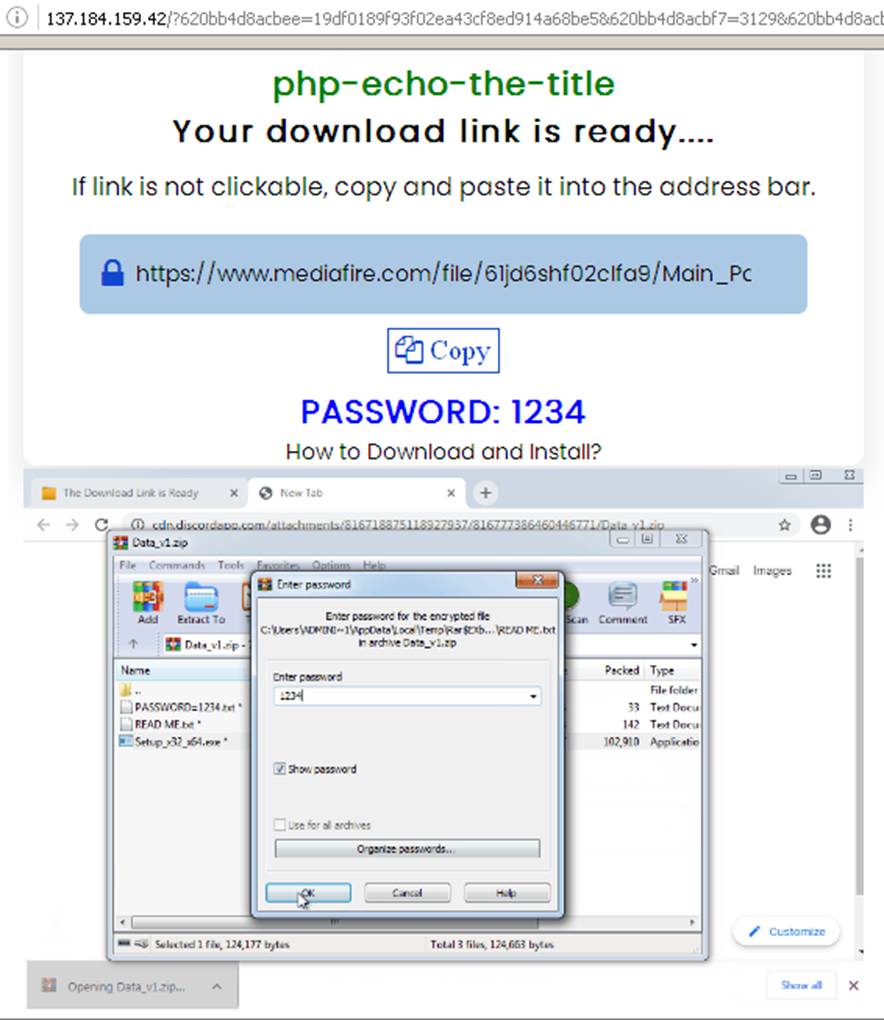International Ransomware Gangs Are Evolving Their Techniques. The Next Generation Of Hackers Will Target Weaknesses In Cryptocurrencies
The attack in Dallas put a halt to hearings, trials and jury duty, and the eventual closure of the Dallas Municipal Court Building. It also had an indirect effect on wider police activities, with stretched resources affecting the ability to deliver, for example, summer youth programmes . The criminals threatened to publish sensitive data, including personal information, court cases, prisoner identities and government documents.
One might imagine an attack on a city government and police force causing widespread and lengthy disruption would be headline news. But ransomware attacks are now so common and routine that most pass with barely a ripple of attention. One notable exception happened in May and June 2023 when hackers exploited a vulnerability in the Moveit file transfer app which led to data theft from hundreds of organisations around the world. That attack grabbed headlines, perhaps because of the high profile victims, reported to include British Airways, the BBC and the chemist chain Boots.
According to one recent survey , ransomware payments have nearly doubled to US$1.5 million (£1.2 million) over the past year, with the highest-earning organisations the most likely to pay attackers. Sophos, a British cybersecurity firm, found that the average ransomware payment rose from US$812,000 the previyear. The average payment by UK organisations in 2023 was even higher than the global average, at US$2.1 million.
Meanwhile, in 2022 The National Cyber Security Centre (NCSC) issued new guidance urging organisations to bolster their defences amid fears of more state-sponsored cyber attacks linked to the conflict in Ukraine. It follows a series of cyber attacks in Ukraine which are suspected to have involved Russia, which Moscow denies.
This article is part of Conversation Insights
The Insights team generates long-form journalism derived from interdisciplinary research. The team is working with academics from different…





